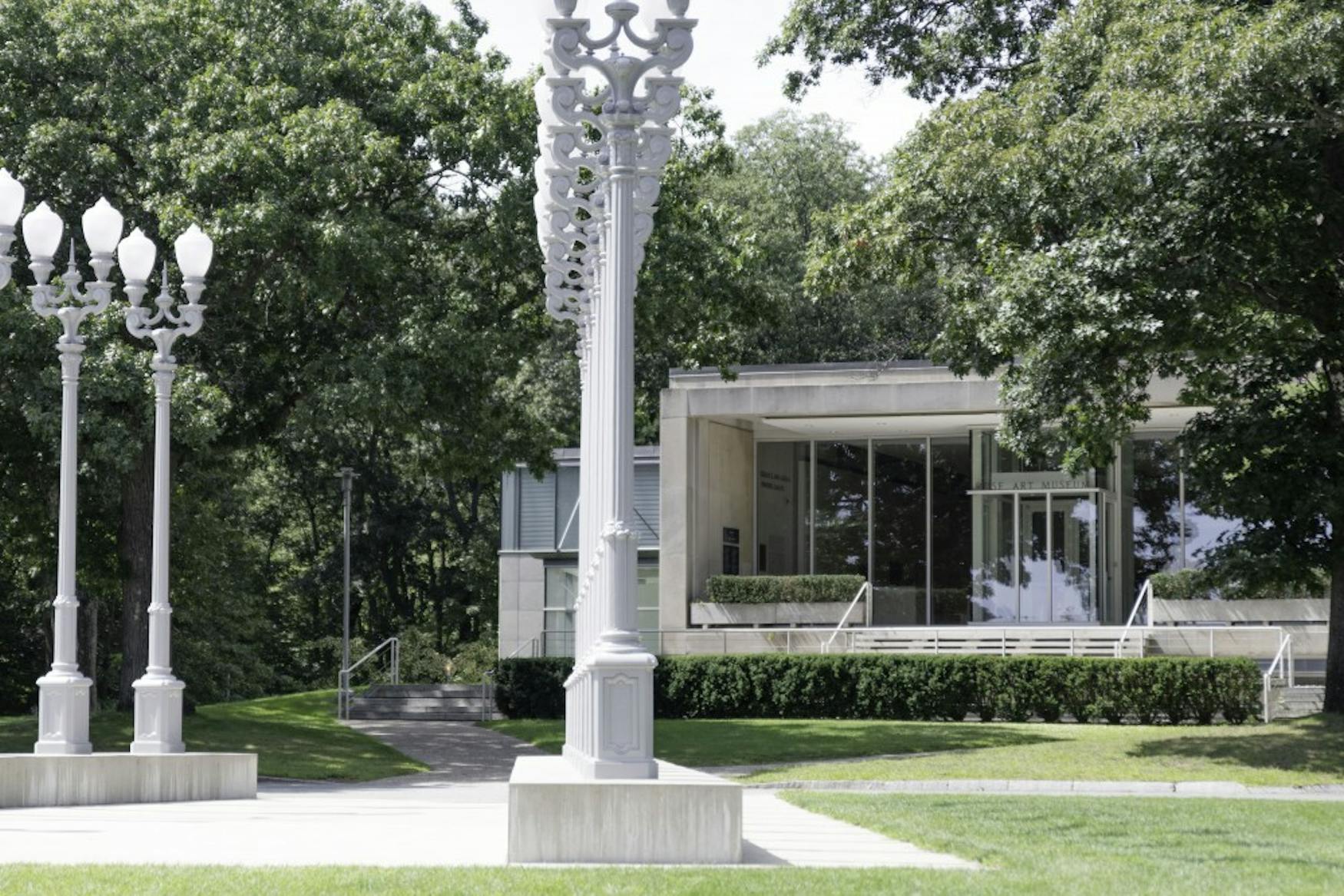Spotlight on the Rose 10-08-2019
There’s a new exhibition in the Rose Art Museum entitled “Anarchitect,” jointly organized by The Bronx Museum of the Arts and the Rose Art Museum. The presentation was coordinated by Ruth Estevez, senior curator-at-large, with Caitlin Julia Rubin, assistant curator. All of the artwork of this exhibition was created by American contemporary artist Gordon Matta-Clark (1943-1978).
Growing up in New York City, Gordon Matta-Clark developed a series of site-specific artworks repurposing his architectural training in ways that called into question the basic assumptions and premises on which the field of architecture was built. According to the introduction of the exhibition, “Matta-Clark saw the city blocks that were devalued and underserved as raw material for his interventions.” He regarded these architectures as the field of action and engagement and was keenly aware of the socioeconomic context surrounding his art. He was worried that the deterioration of the South Bronx could potentially lead to its transformation into an industrial zone, and during the last two years of his life he focused his energy on creating conditions for inner-city youth to take ownership of their neighborhoods.
In my opinion, the most outstanding piece in the show is “Above & Below,” two silver prints hanging on the right corner of this exhibition created in 1967. According to the sign in the exhibition, “Above & Below” is an estate of Gordon Matta-Clark and David Zwirner Gallery (New York/London). As the introduction of this artwork says, “You can see the juxtaposition of an underground water tunnel with a view of a midtown cross street offers a concise visualization of Gordon Matta-Clark’s holistic understanding of architecture as an enterprise that connected to the sky above while firmly rooted in the ground.” This photograph gave the audience a strong sense of extension, just as Matta-Clark observed: “What I would love to do is [to] extend the building above [and] extend it below as much as above.” This quasi-mystical regard for architecture was paired with a heightened professional sense, which he saw at the time as failing the common citizen.
For more artworks of the “Anarchitect” exhibition, please check out in the ground floor of the Rose Art Museum, or visit the museum website to learn more.



Please note All comments are eligible for publication in The Justice.